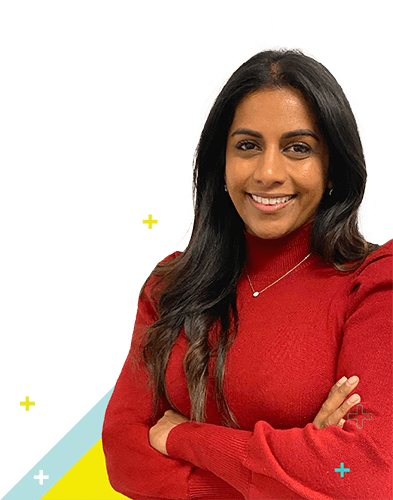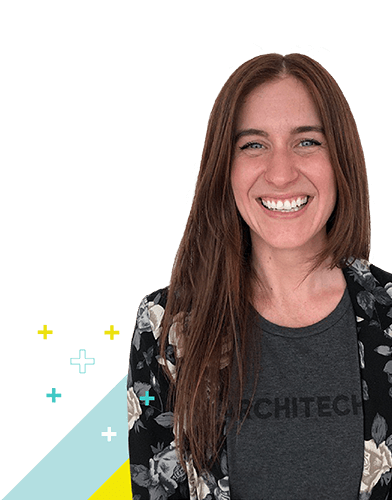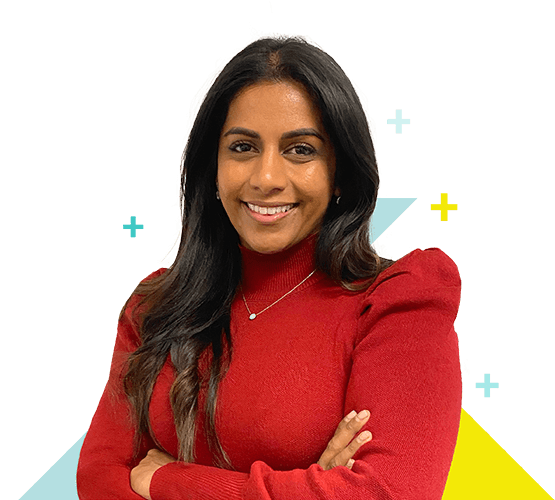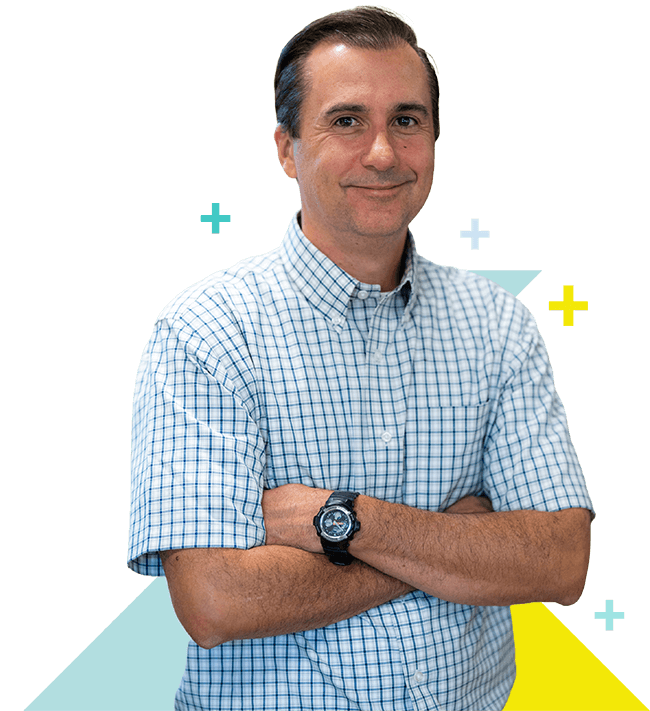While a quick Google search will pull up hundreds of team development activities for you to choose from, here are four activities tried and tested by the Architech team.
As digital designers working in an agile environment, we work fast. Keeping creativity at the core of our process can be challenging and needs to be consistently worked on. Gone are the days when designers sat around the table looking at magazines and box labels for inspiration.
These days, it's easy to get trapped in a shockingly small sample of styles from the most popular design sites and, as a result, end up designing similar-looking websites and apps. To get out of this loop, we look for inspiration and ways to keep the creative juices flowing outside of our digital tools.
We've found those collaborative team activities - while cliché - are great at helping us break through.
Today, creative team development exercises are commonplace. Typically, the purpose of these development exercises is to concentrate on creativity and collaboration. While a quick Google search will pull up hundreds of team development activities for you to choose from, here are four activities tried and tested by the Architech team:

Board Game Design
The Setup
This exercise challenges participants to create collaborative systems that build a cohesive game. Every participant is assigned a section of the board game to design (with the main path drawn out), and has to create the background and the move sequences for that portion of the game. The only rule is you can’t draw in other people’s sections.
The Outcome
The expectation was that everyone on the team was going to go right into their sections and work on their own but, instead, the team dove into a discussion about the theme of the game, different points of interaction, rules, and even planned out the sections of the game before touching the markers!
Benefits to our team
This exercise challenged our team to think creatively, together. Instead of working in silos to develop only their section of the game, they brainstormed and then came together around a common creative solution.
Materials:
- Large paper
- Post-its
- Markers

Space toaster vs. Underwater Blender
The Setup
This exercise combines creativity, strategy, collaboration, and communication skills. While pretty unconventional, the task is a fairly simple one: design a toaster that can work in space (team A) and a blender that can work underwater (team B). The teams have 30-45 min to work on the task and have to draw out the solution which, once the time runs out, will be presented to the client (you). The team has to answer all of your questions and defend their decisions. The winner is the team that makes most sense and shows the most creativity.
The Outcome
Getting to see the teams’ thought processes and conversations is very entertaining: Where does the fruit/toast come from? What happens to the toast in zero gravity? How do you put jam on it? The final presentation is the true test of confidence and ingenuity and can reveal gaps and opportunities in people’s thinking and collaboration methods.
Benefits to our team
Without the limitation of practical product development, the team was free to think through the conceptual needs of the project instead of focusing on just resources. This was a great way to get us out of the feasibility-first mindset and bring creative solutions to the table for discussion.
Materials:
- Paper
- Markers
- Post-its

Sketching a story
The Setup
This exercise is meant to inspire people to sketch -- a useful tool in an agile environment for almost every member of the organization. Each team gets a Coles Notes version of a complex story that they then have to sketch out as a team, using sketching methods they could apply at work. [Think: story boarding, process flows, wireframes, mind-maps, journey maps, or illustration.] To add focus to the exercise, each story has 2 sketching styles assigned to it.
The Outcome
Depending on the size of the group, people’s true colours come out in the debate. Some teams immediately fell apart while others came together in shining collaboration. This was an interesting one to watch and even more interesting to judge (the judge has to be an outsider with no knowledge of what the story is).
Benefits to our team
Asking the teams to jointly communicate a story, visually, pushed them to work together to realize an abstract vision, together. Everyone had something different in mind to draw, but they could only be successful if they communicated one clear story. Eventually, the shared goal banded everyone together and the difference of creative styles were put aside in service of the common objective. Recommendation: begin by showing the difference between a sketch and a drawing to ease people into the task.
Materials: markers, large paper pads and printed out stories. The stories need to be complex but not too confusing and, of course, entertaining. We used: Stephen King’s “IT”, Game of Thrones episode “Winter is Coming” S1E1, Pride and Prejudice and Zombies, and Friends “Ross and Rachel Take a Break” S3E15.
Collaborative Intelligence:
The Setup
As a part of an education breakfast series, a handful of us read a wonderful book by Angie McArthur and Dawna Markova titled, “Collaborative Intelligence: Thinking with People Who Think Differently”. The title very much reflects the concept of the contents – the book contains a series of exercises you can perform with your team, we did two:
- Discovering our thinking patterns
- Discovering the collective thinking talents of the group
The Outcome
The second exercise reveals the strengths and reasoning gaps of individuals and the group as a whole. This particular group proved to be most talented in Innovative and Relational areas, the later was a bit of a surprise for everyone.
Benefits to our team
Aside from the obvious benefit of discovering your own thinking pattern, you learn what other people’s patterns are, which often reveals that creativity belongs in every department, not just design. Tip: hide the actual talents in the respective quadrants to prevent people from biasing their selections (I used post-its).
Materials:
- The book
- Whiteboard
- Markers
- Post-its






























